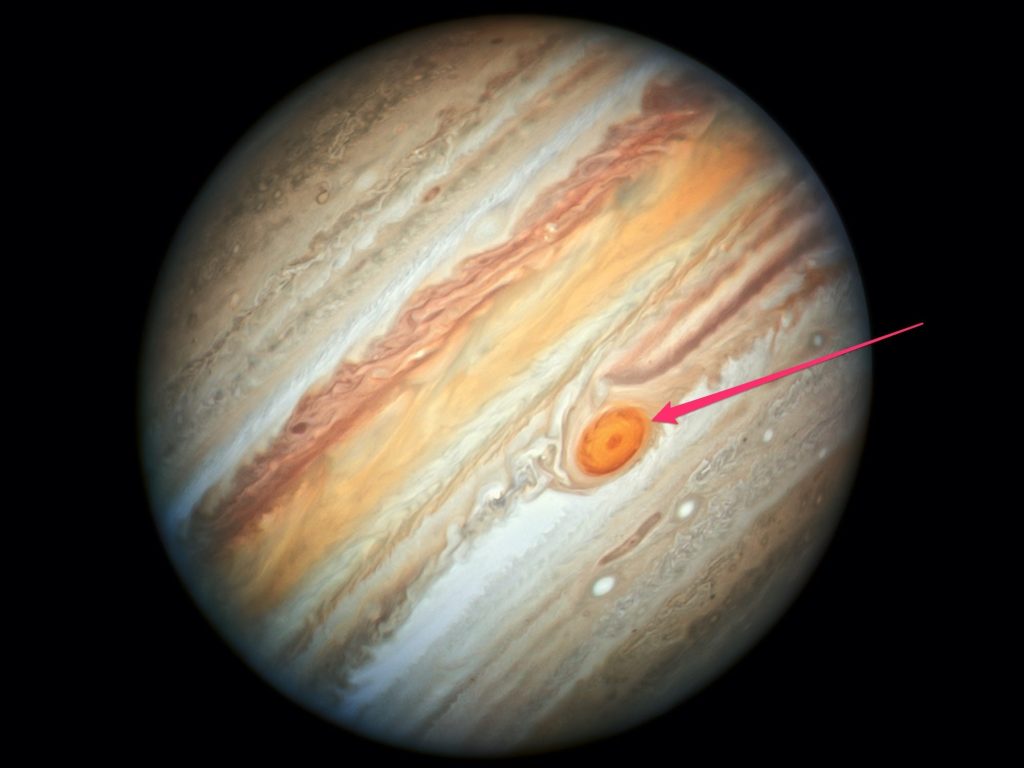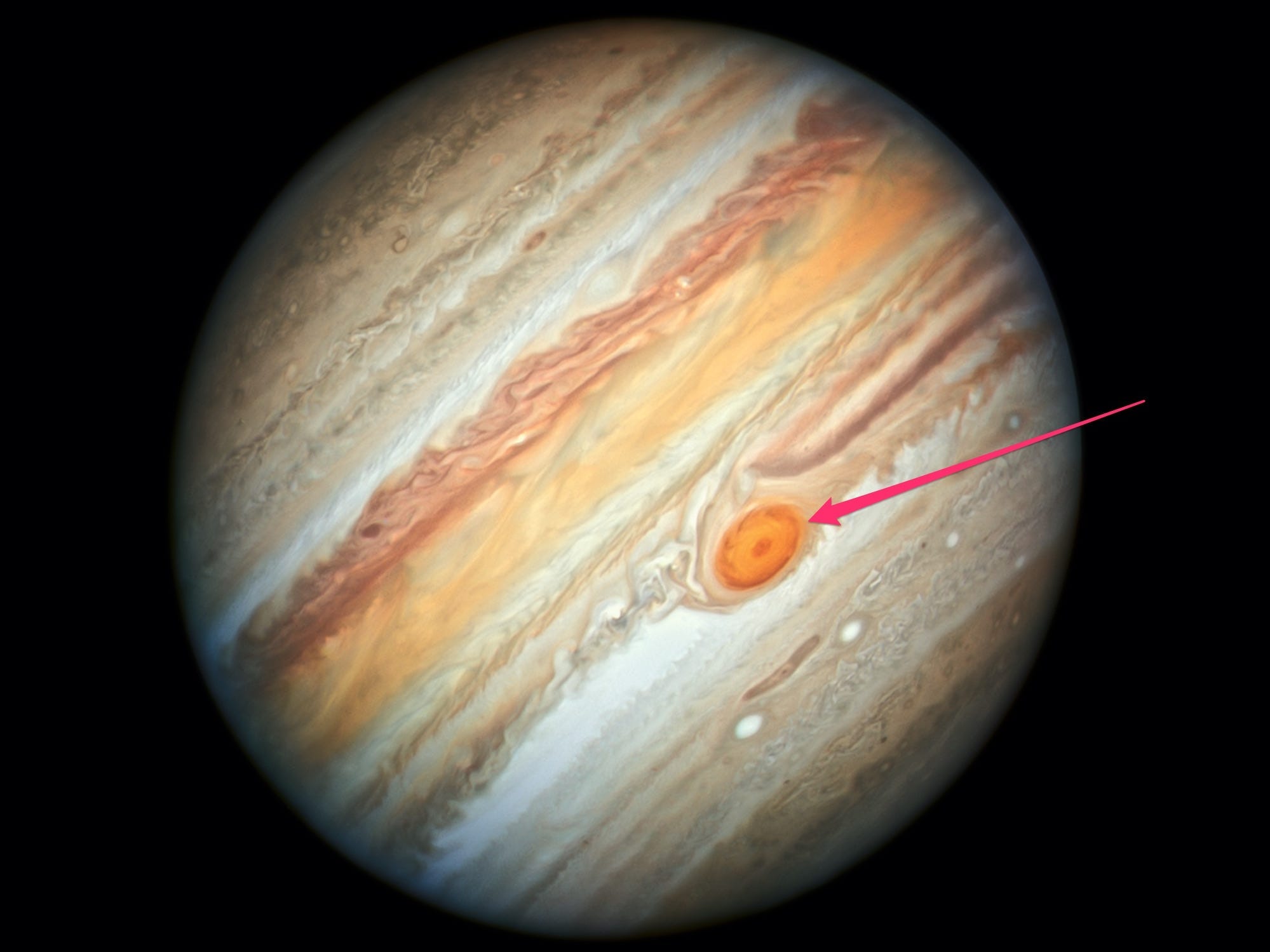
NASA, ESA, A. Simon (Goddard Space Flight Center) and M.H. Wong (University of California, Berkeley)
- NASA's Hubble Space Telescope has been observing Jupiter's Great Red Spot since 2009.
- In that decade, winds in the cyclone's outer band have sped up, while its inner regions have slowed.
- Scientists aren't sure what the changing winds mean for the Great Red Spot, which is shrinking.
- See more stories on Insider's business page.
NASA's most powerful space telescope, Hubble, has documented a mysterious change in Jupiter's Great Red Spot.
The spot is a raging 10,000-mile-wide cyclone big enough to swallow Earth. It has been shrinking and becoming more circular since astronomers began observing it about 150 years ago. But nobody could track the speed of its spiral motion until Hubble turned its eye to the distant orange dot in 2009.
Planetary scientists Michael Wong and Amy Simon recently analyzed a decade's worth of Hubble data on the Great Red Spot's wind speeds, which can exceed 400 miles per hour. NASA announced on Monday that their research suggests the cyclone's outer band is speeding up: Its wind speeds increased up to 8% from 2009 to 2020. At the same time, its inner region has significantly slowed down.
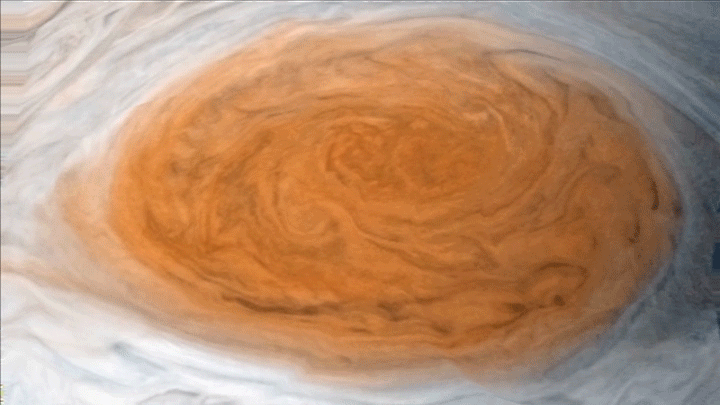
NASA/JPL-Caltech/SwRI/MSSS/Gerald Eichstadt/Justin Cowart
"When I initially saw the results, I asked, 'Does this make sense?' No one has ever seen this before," Wong, who works at the University of California, Berkeley, said in a press release. "But this is something only Hubble can do. Hubble's longevity and ongoing observations make this revelation possible."
Overall, the spot's average wind speed is increasing, though only a tiny bit – less than 1.6 miles per hour per Earth year. Nobody knows yet what the changing winds tell us about the storm overall.
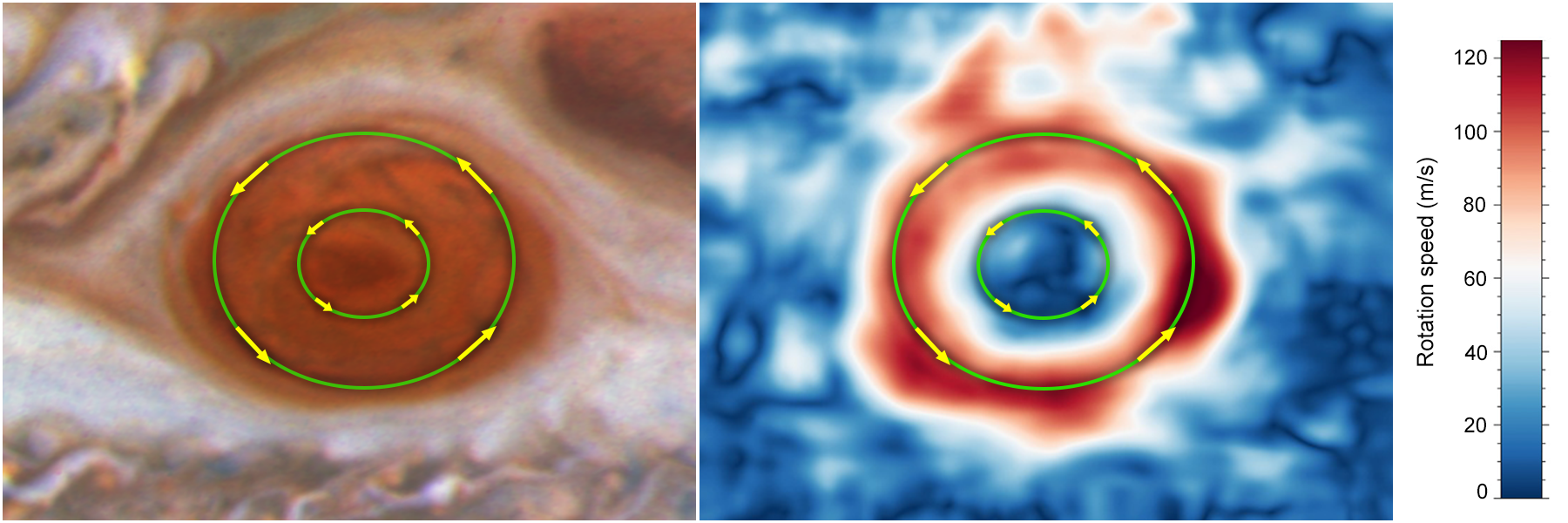
NASA, ESA, Michael H. Wong (UC Berkeley)
"That's hard to diagnose, since Hubble can't see the bottom of the storm very well. Anything below the cloud tops is invisible in the data," Wong said. "But it's an interesting piece of data that can help us understand what's fueling the Great Red Spot and how it's maintaining energy."
Wong, Simon, and other researchers first published their findings in the journal Geophysical Research Letters last month.
The Great Red Spot is a mystery
Researchers still don't understand much about the Great Red Spot, including how long it will last.
The storm has survived so long because it's wedged between two jet streams - bands of Jupiter's atmosphere - that are moving in different directions. Those are "feeding momentum into the vortex," NASA scientist Glenn Orton previously told Insider.
Some scientists have suggested the storm will collapse and disappear in just a few decades due to its shrinking size. Others disagree.
Philip Marcus, a UC Berkeley researcher who co-authored the new study with Wong and Simon, has argued that "the Great Red Spot is in no danger of disappearing."
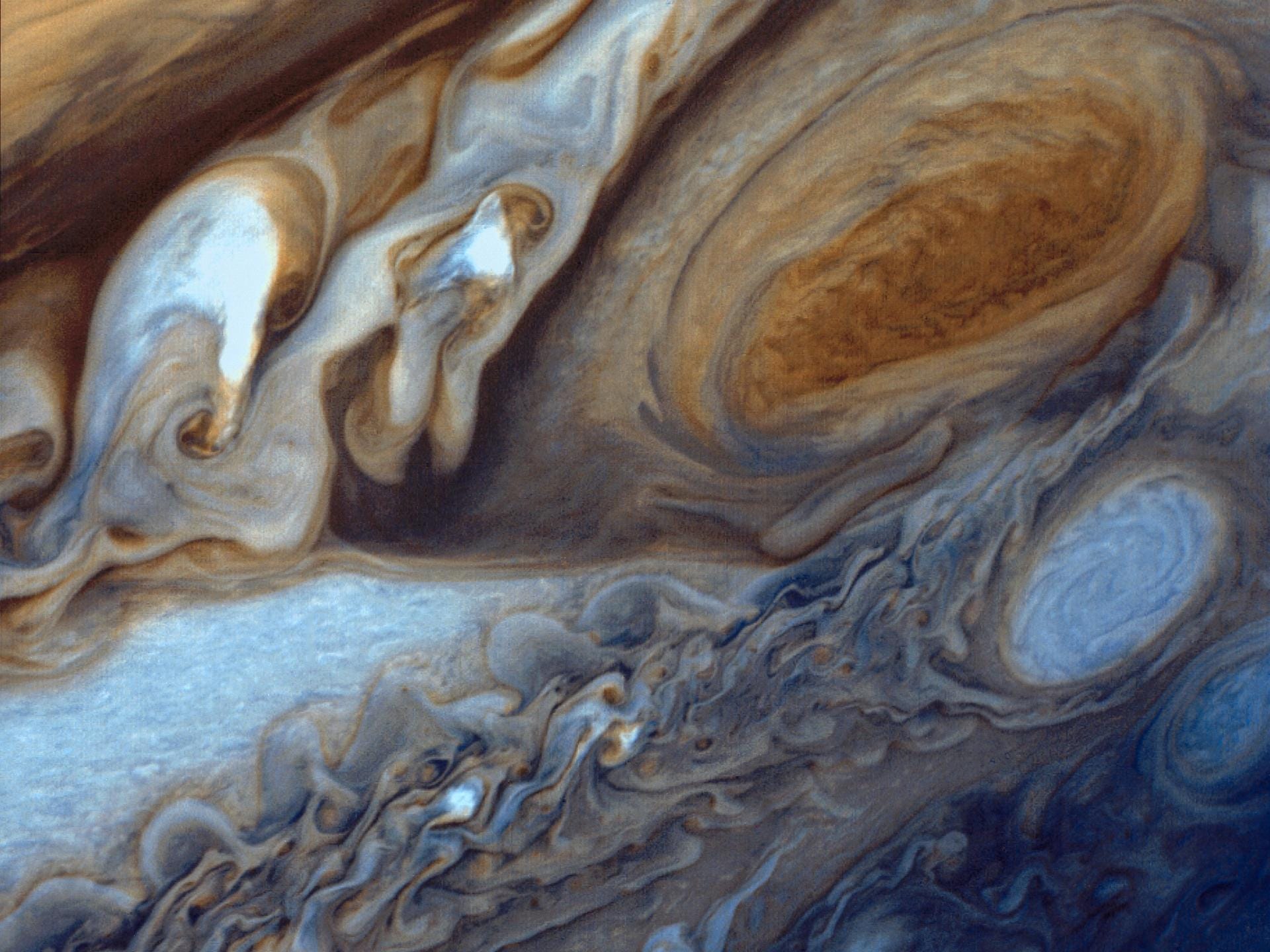
NASA/JPL
"To understand the health of the spot, planetary scientists need to study the health of its vortex and not its cloud; the cloud's shrinkage is not a harbinger of death," Marcus wrote on Astronomy.com in 2019. "Based on the spot's interactions with other vortices my Berkeley group found, there is no evidence that that vortex itself has changed its size or intensity."
Meanwhile, other data is also revealing surprises - including that the Great Red Spot is getting taller as it shrinks.
Then last year, images from Hubble and the ground-based Gemini Observatory revealed holes in the cyclone's cloud cover. Scientists also used those images, combined with data from NASA's Jupiter-orbiting Juno spacecraft, to map lightning strikes within the Great Red Spot.
"Because we now routinely have these high-resolution views from a couple of different observatories and wavelengths, we are learning so much more about Jupiter's weather," Simon said in a NASA release about that finding last year. "This is our equivalent of a weather satellite. We can finally start looking at weather cycles."

